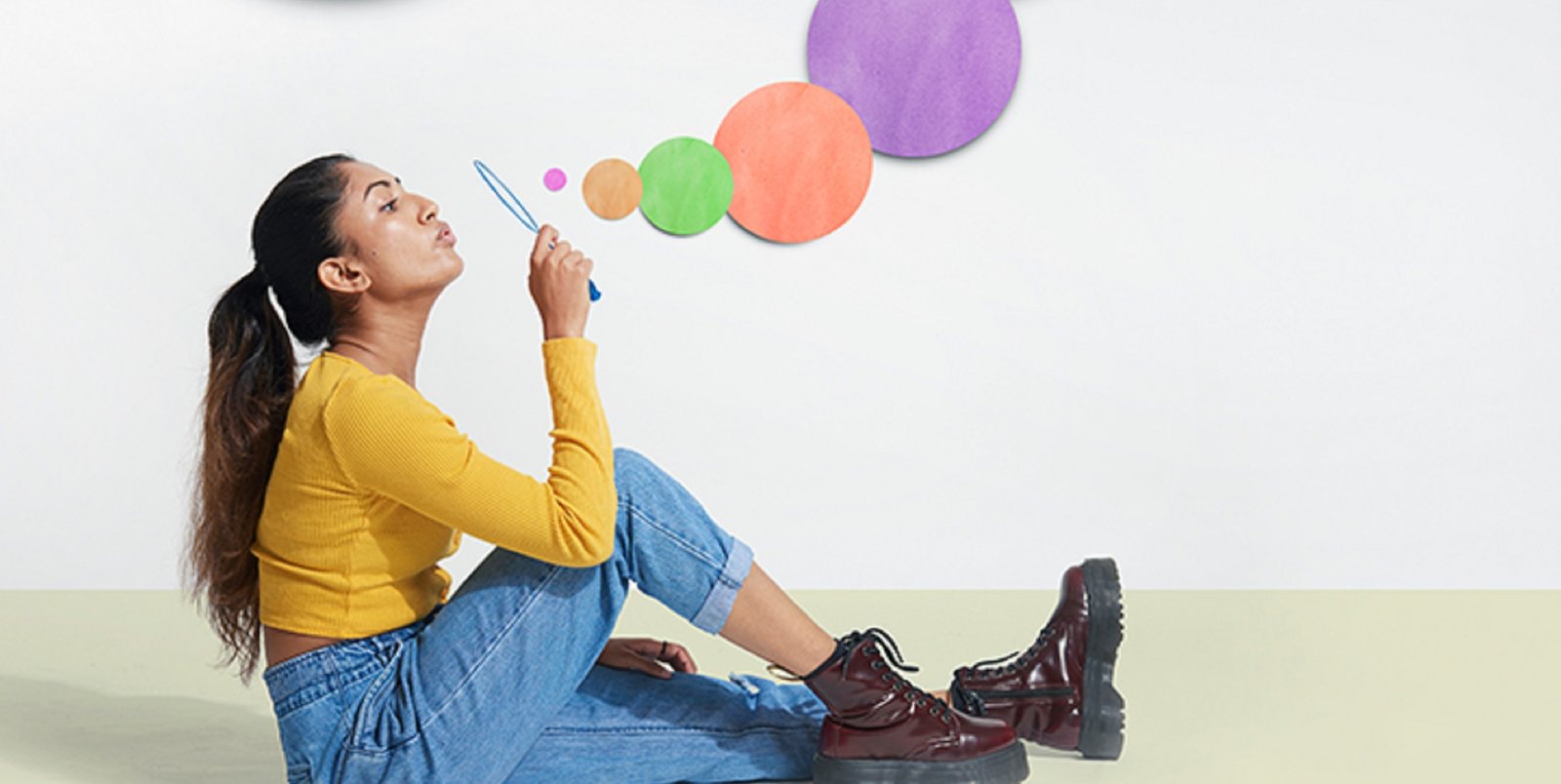Get creative for your own good
Mental healthPhysical healthArticleMarch 14, 2022
One of the beauties of the arts is that you don’t have to be particularly good at them to participate – or benefit.
One of the beauties of the arts is that you don’t have to be particularly good at them to participate – or benefit.
In 2019, the World Health Organization released a review of more than 900 publications, finding evidence that the arts could “potentially impact both mental and physical health”, by “helping to prevent the onset of mental illness and age-related physical decline; supporting the treatment or management of mental illness, noncommunicable diseases and neurological disorders; and assisting in acute and end-of-life care”.
“From before birth to the end of life, the arts can positively influence health,” said the WHO, giving the example of music supporting cognition in those with dementia.
Art as therapy
Given the benefits, it’s unsurprising that a formal creative-psychological practice – art therapy – exists to help bolster mental and physical health.
Involving a trained art therapist, the therapy requires “no artistic talent…to succeed, because the therapeutic process is not about the artistic value of the work, but rather about finding associations between the creative choices made and a client’s inner life”, explains Psychology Today.
This doesn’t mean that art is a cure-all.
Writing for The Conversation, professor and arts educator Brittany Harker Martin says that “while practising the arts is not the panacea for all mental health challenges, there’s enough evidence to support prioritising arts in our own lives at home as well as in our education systems”.
3 ways to get creative, mindfully
Dr Harker Martin writes that “the arts create conditions for mindfulness”, a state of non judgmental awareness widely known to help promote mental health. If you’re keen to dabble in arts-based mindfulness, consider her three tips:
- Don’t be afraid to make mistakes – they can be powerful opportunities to learn.
- Go for reusable materials – think playdough and erasable markers on glass. “This emphasises practice and process over product and takes the pressure off to make something that looks good.”
- Minimise speech – avoid listening to music with lyrics and talking during the creative process. This can give the speech and language parts of the brain a well-deserved break.
By Kate Cross, LiveWell Reporter
